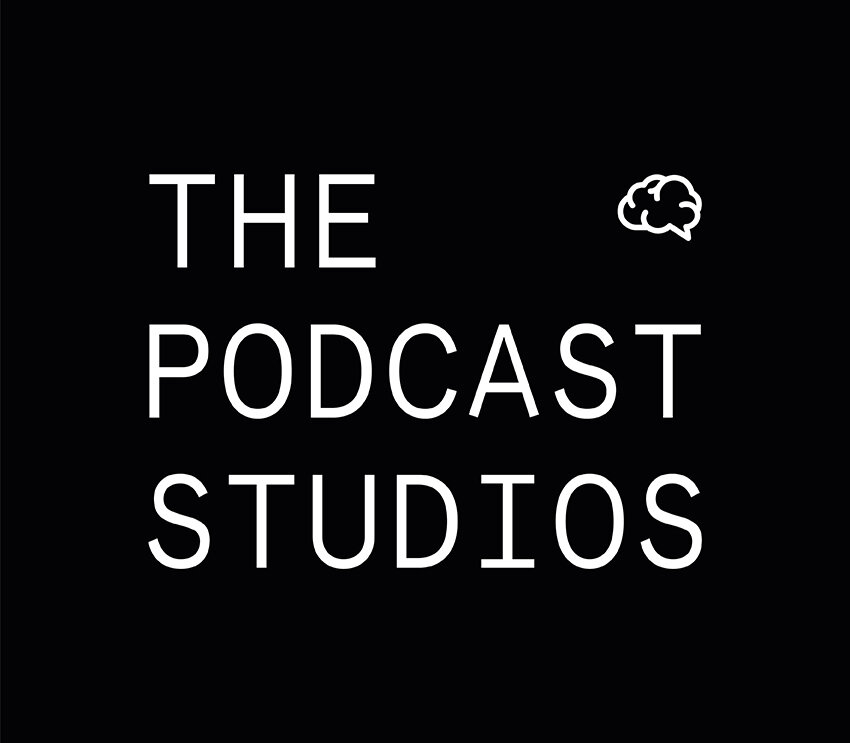How to Use a Compressor
Compression can be an intimidating tool which might be hard to get to grips with for a number of reasons. The first and probably most obvious being the various controlling parameters which impact one another. Each parameter is equally important when it comes to audio postproduction, and you often need more than one to get the desired result.
That’s just the thing about compression, it can go overlooked when audio editing. It’s easy to get bogged down eradicating strange pops, plosives, sibilance and background hummings.
Why Compress?
Compression is extremely important when it comes to things like average loudness because that’s all compression is – reducing the dynamic range of an audio recording. It reduces the gap between the quietest point in your recording, and the loudest point.
Just remember, if you’re ever unsure about what you’re doing, keep in mind that the most vital tool you have when using a compressor is your ears. If it sounds wrong to you, then it will sound wrong to everyone else.
Threshold and Ratio
To start, let’s look at the threshold. The threshold tells you the limit of the volume. For example, if your threshold is set to -10 dB, then every signal that goes above that point will be pushed back down or, well, compressed.
That part is simple enough. The next most integral part of a compressor is the ratio. The ratio refers to how much the signal gets pushed down by once it passes the threshold.
If, for example, you set your ratio at 3:1, this means that for every 3 dB the signal is above the threshold, the output will only go 1 dB above that threshold. A lower ratio means less compression, higher ratio means more compression. Realistically, you won’t need anything above a ratio of 5:1 for a podcast.
As stated above, compression reduces the dynamic range of audio, so you do have to listen out for subtle differences that too much compression can introduce to your audio. Oftentimes this difference is described as audio not “having room to breathe”. Once again, it’s your ears that will be the most telling variable. The best way to learn about these things is to get a piece of audio with a large dynamic range (very loud and very quiet points) and just play around with these settings to see what they do.
Attack and Release
The attack setting on a compressor changes how quickly a signal becomes compressed, while the release setting changes how quickly the signal goes from being compressed to uncompressed.
A very fast attack time is up to around 800 us (microseconds), but too fast an attack time can also cause distortion. Slower attack times range from 10 to 100 ms (milliseconds) and mean the start of a loud signal will still make it past the threshold because the compressor is slower to act. So, even after compressing you may notice large spikes of transients still visible in the audio, depending on the attack time you set.
Release times will usually range anywhere from 40-60 ms to 2-5 seconds. For podcasts, 0-100 ms would be short, 100-500 ms would be medium and 500+ ms would be long.
Knee, Makeup Gain, etc.
The knee is quite simple to understand. It hardens or softens the transition from uncompressed to compressed. A soft knee is a gradual transition, while a hard knee is relatively sudden.
To tie this all together, makeup gain can be used to bring the now compressed signal up to the same level as the peaks before they were compressed. This maintains a consistent peak level, while also increasing the levels of the entire piece of audio and making the quieter parts louder.
This gives you greater control when adjusting audio levels. If you were to increase the overall levels of your audio without adding any compression, the peaks of your audio could clip and the quieter parts would still be low in comparison to those peaks.
With time, practice, patience and research, compressors are an invaluable tool and, on the whole, are a small point of processing that really can make a massive difference to the audio quality of your podcast.

